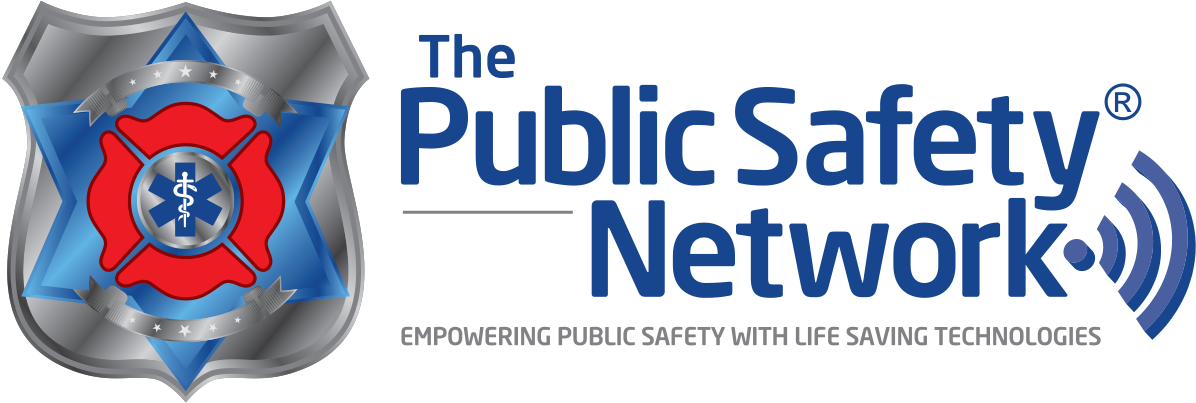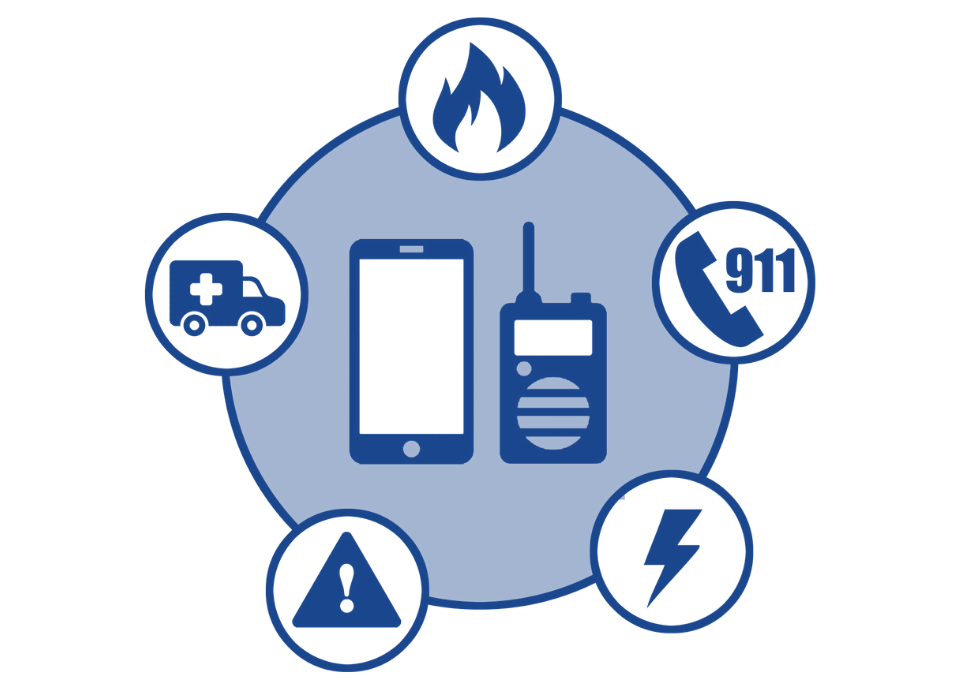
Tackling the World of Public Safety Acronyms
June 29, 2022
It’s Back to (Smart) School Time….
August 31, 2022Have you ever felt like you were just getting the hang of a new process or technology and a new upgrade or update knocks you back to step one? You’re not alone! With constant changes in the world around us, we often walk a fine line between adopting better and more efficient technology solutions and processes and keeping familiarity and consistency so as not to create a tremendous learning curve.
Change management can be difficult, especially in public safety. Dynamic emergency response impacted by critical focus and high adrenaline doesn’t always lend itself to the time needed by public safety personnel to learn new software, hardware, and mobile processes. For an easier and more seamless transition, there are several key steps to include to make the change management process more effective:
- Communication: We’ll say it again – communication. Nothing successful happens without adequate communication. Potential changes should be communicated on all levels as early as possible so that every person affected is aware of what is changing, when, and what their role in the change is. Depending on the change, it may make sense to obtain buy in from all levels well before you actually move into the testing, training and implementation phases. Transparency is extremely helpful during the transition, as are opportunities to explore the change in depth and give those affected time to ask questions. As much information as possible should be communicated to all personnel at all levels in the organization to avoid misinformation.
- Training: After the initial beta testing and validation, everyone needs to be properly trained on the new solution and any accompanying changes to affected procedures. Whether it is a new tool, new technology, or a new process, the public safety agency should ensure that everyone has received adequate education and training. Everyone should have the opportunity to test the new tool, application, or process, be able to ask questions, and understand the rationale behind the change.
- Leadership Adoption: For successful adoption agency-wide, it’s imperative that command staff and other leaders also embrace the change. Lack of support and/or adoption by agency leaders often leaves room for line personnel to question or be less willing to adopt new changes.
- Follow Up: Change management does not end with the rollout and implementation. It’s not enough to follow the first three steps without a plan to follow up. Ask for feedback. Use that feedback to improve your communication, testing and training for the next change. Again, providing a collaborative and supportive space to ask questions, make suggestions, and share information is an invaluable part of adopting and implementing change.
While these are only a few key steps towards successfully adopting and implementing change, they are important ones to ensure transitions are as smooth as possible at all levels. Change can be hard but knowing how to position your public safety agency and personnel to accept and embrace change doesn’t have to be.




